|
Your search criteria found 393 images Feature Name |
| My List |
Addition Date | Target |
Mission
|
Instrument | Size |

|
2000-11-06 | 4206x3306x3 | |||
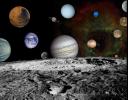
|
|||||

|
2014-12-11 |
Chandra X-ray Observatory Hubble Space Telescope Spitzer Space Telescope |
3600x1742x3 | ||
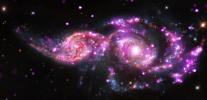
|
|||||

|
2016-08-09 | 1200x801x3 | |||
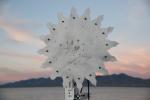
|
|||||

|
2017-11-29 | 2700x2282x3 | |||
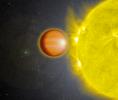
|
|||||

|
2021-01-22 | 4800x2700x3 | |||
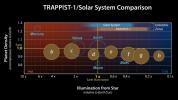
|
|||||

|
2021-10-28 | Jupiter |
Hubble Space Telescope Gemini North Telescope |
766x696x3 | |
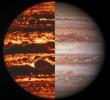
|
|||||

|
2003-03-13 | Mars |
2001 Mars Odyssey |
THEMIS |
686x960x3 |

|
|||||

|
2003-11-14 | Mars |
2001 Mars Odyssey |
THEMIS |
639x1171x3 |

|
|||||

|
2004-06-10 | Mars |
2001 Mars Odyssey |
THEMIS |
734x1370x3 |

|
|||||

|
2000-12-19 | Jupiter |
Cassini-Huygens |
Imaging Science Subsystem |
1001x888x3 |
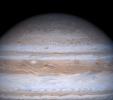
|
|||||

|
2000-12-29 | Jupiter |
Cassini-Huygens |
Imaging Science Subsystem |
1027x924x1 |
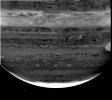
|
|||||

|
2001-02-05 | Jupiter |
Cassini-Huygens |
Imaging Science Subsystem |
400x400x1 |
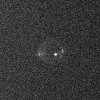
|
|
||||

|
2004-03-05 | Saturn |
Cassini-Huygens |
ISS - Narrow Angle |
1024x1024x1 |
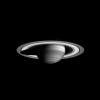
|
|||||

|
2004-03-26 | Saturn |
Cassini-Huygens |
ISS - Narrow Angle |
512x512x30 |
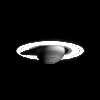
|
|
||||

|
2004-04-15 | Saturn |
Cassini-Huygens |
ISS - Narrow Angle |
404x397x1 |
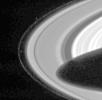
|
|||||

|
2004-05-06 | Saturn |
Cassini-Huygens |
ISS - Narrow Angle |
1024x1223x3 |

|
|||||

|
2004-07-22 | Saturn |
Cassini-Huygens |
ISS - Narrow Angle |
1024x1024x3 |
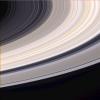
|
|||||

|
2004-10-26 | Titan |
Cassini-Huygens |
ISS - Narrow Angle |
512x512x1 |
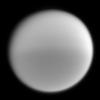
|
|||||

|
2004-12-16 | Titan |
Cassini-Huygens |
497x497x1 | |
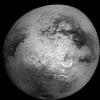
|
|||||

|
2005-05-19 | Dione |
Cassini-Huygens |
ISS - Narrow Angle |
919x529x1 |
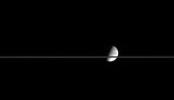
|
|||||

|
2005-08-31 | S Rings |
Cassini-Huygens |
ISS - Wide Angle |
1016x772x1 |
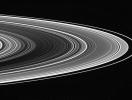
|
|||||

|
2005-09-16 | S Rings |
Cassini-Huygens |
ISS - Wide Angle |
2022x518x1 |

|
|||||

|
2005-10-25 | Titan |
Cassini-Huygens |
Radar Mapper |
2538x1900x3 |
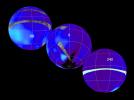
|
|||||

|
2005-10-25 | Titan |
Cassini-Huygens |
Radar Mapper |
2261x1131x3 |
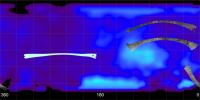
|
|||||

|
2005-11-16 | Titan |
Cassini-Huygens |
Radar Mapper |
1051x972x3 |
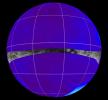
|
|||||

|
2005-11-16 | Titan |
Cassini-Huygens |
Radar Mapper |
2538x1900x3 |
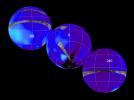
|
|||||

|
2006-01-07 | Saturn |
Cassini-Huygens |
ISS - Narrow Angle |
508x508x1 |

|
|||||

|
2006-04-27 | Titan |
Cassini-Huygens |
Radar Mapper |
1051x972x3 |
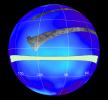
|
|||||

|
2006-04-27 | Titan |
Cassini-Huygens |
Radar Mapper |
6777x3390x3 |
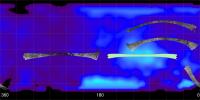
|
|||||

|
2006-05-03 | Titan |
Cassini-Huygens |
Imaging Science Subsystem Radar Mapper |
800x422x1 |

|
|||||

|
2006-05-05 | Titan |
Cassini-Huygens |
Radar Mapper |
1051x972x3 |
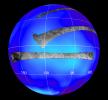
|
|||||

|
2006-07-19 | Titan |
Cassini-Huygens |
Radar Mapper |
320x240x3 |
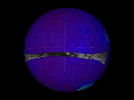
|
|||||

|
2006-10-11 | S Rings |
Cassini-Huygens |
ISS - Narrow Angle |
1019x584x1 |
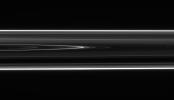
|
|||||

|
2009-03-24 | Saturn |
Cassini-Huygens |
UVIS |
500x400x3 |
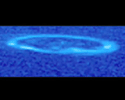
|
|||||

|
2013-08-26 | Titan |
Cassini-Huygens |
ISS - Narrow Angle |
987x987x1 |
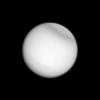
|
|||||

|
2016-09-07 | Titan |
Cassini-Huygens |
Radar Mapper |
2625x1580x1 |
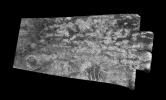
|
|||||

|
2016-09-07 | Titan |
Cassini-Huygens |
Radar Mapper |
931x592x1 |
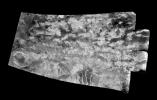
|
|||||

|
2017-11-27 | Saturn |
Cassini-Huygens |
ISS - Narrow Angle ISS - Wide Angle |
1017x508x1 |
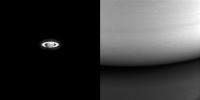
|
|||||

|
2004-05-26 | Saturn |
Cassini-Huygens Hubble Space Telescope |
ISS - Narrow Angle Wide Field Planetary Camera 2 |
540x760x3 |

|
|||||

|
2014-02-11 | Saturn |
Cassini-Huygens Hubble Space Telescope |
Hubble Space Telescope Visual and Infrared Mapping Spectrometer |
878x720x3 |
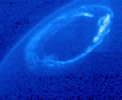
|
|||||

|
2004-10-06 |
Chandra X-ray Observatory |
Chandra X-ray Telescope |
2400x2400x3 | |
![The images indicate that the bubble of gas that makes up the supernova remnant appears different in various types of light. Chandra reveals the hottest gas [colored blue and colored green], which radiates in X-rays.](/thumb/PIA06908.jpg)
|
|||||

|
2016-01-07 |
Chandra X-ray Observatory Herschel Space Observatory Spitzer Space Telescope |
Chandra X-ray Telescope IRAC |
1719x1718x3 | |
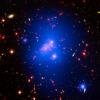
|
|||||

|
2009-11-10 |
Chandra X-ray Observatory Hubble Space Telescope Spitzer Space Telescope |
IRAC |
9725x4862x3 | |
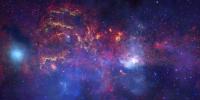
|
|||||

|
2012-04-17 |
Chandra X-ray Observatory Hubble Space Telescope Spitzer Space Telescope |
3600x2880x3 | ||
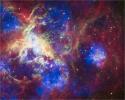
|
|||||

|
2013-04-03 |
Chandra X-ray Observatory Hubble Space Telescope Spitzer Space Telescope |
Chandra X-ray Telescope IRAC Visible-Light |
3600x3600x3 | |

|
|||||

|
2014-07-02 |
Chandra X-ray Observatory Hubble Space Telescope Spitzer Space Telescope Very Large Array (VLA) |
3600x2812x3 | ||
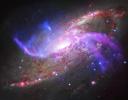
|
|||||

|
2012-12-13 |
Chandra X-ray Observatory Hubble Space Telescope Spitzer Space Telescope Very Large Space Telescope (VLT) |
3600x3600x3 | ||
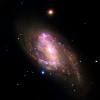
|
|||||

|
2014-11-06 |
CIBER Hubble Space Telescope Spitzer Space Telescope |
4000x2000x3 | ||
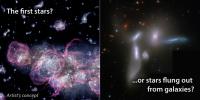
|
|||||

|
2011-03-10 | Vesta |
Dawn |
787x566x3 | |
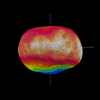
|
|||||

|
2011-03-10 | Vesta |
Dawn |
1001x1001x3 | |
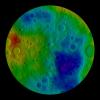
|
|||||

|
2011-03-10 | Vesta |
Dawn |
1024x1024x1 | |
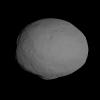
|
|||||

|
2011-03-10 | Vesta |
Dawn |
800x800x3 | |
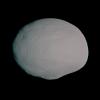
|
|||||

|
2011-06-23 | Vesta |
Dawn |
Framing Camera |
1280x720x1 |
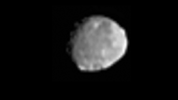
|
|||||

|
2011-09-16 | Vesta |
Dawn |
Framing Camera |
1134x1134x3 |
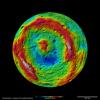
|
|||||

|
2014-12-05 | Ceres |
Dawn |
Framing Camera |
1571x1028x1 |
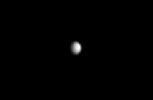
|
|||||

|
2015-01-27 | Ceres |
Dawn |
Framing Camera |
600x600x1 |
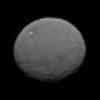
|
|||||

|
2015-01-27 | Ceres |
Dawn |
Framing Camera |
1024x1024x1 |

|
|||||

|
2010-10-08 | Vesta |
Dawn Hubble Space Telescope |
WFC3 |
2301x2295x3 |
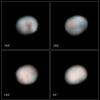
|
|||||

|
2010-10-08 | Vesta |
Dawn Hubble Space Telescope |
WFC3 |
1280x719x3 |
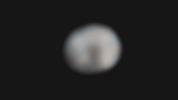
|
|||||

|
2013-09-27 | Vesta |
Dawn Hubble Space Telescope |
Framing Camera Hubble Space Telescope |
1008x958x1 |
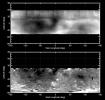
|
|||||

|
2013-09-27 | Vesta |
Dawn Hubble Space Telescope |
Framing Camera Hubble Space Telescope |
683x807x3 |

|
|||||

|
2005-06-02 | Tempel 1 |
Deep Impact |
2696x1921x3 | |
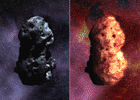
|
|||||

|
2007-05-01 |
Galaxy Evolution Explorer (GALEX) |
GALEX Telescope |
2250x2550x3 | |

|
|||||

|
2010-08-11 |
Galaxy Evolution Explorer (GALEX) Hubble Space Telescope |
Ultraviolet/Visible Camera |
2400x1600x3 | |
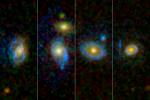
|
|||||

|
2006-01-11 | Cartwheel Galaxy |
Galaxy Evolution Explorer (GALEX) Hubble Space Telescope Spitzer Space Telescope |
Chandra X-ray Telescope GALEX Telescope Infrared Array Camera (IRAC) Visible Light |
1500x1500x3 |
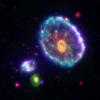
|
|||||

|
2007-06-01 | Messier 81 |
Galaxy Evolution Explorer (GALEX) Hubble Space Telescope Spitzer Space Telescope |
GALEX Telescope Infrared Array Camera (IRAC) Visible Light |
3180x2456x3 |

|
|||||

|
2007-12-13 | M51 |
Galaxy Evolution Explorer (GALEX) Spitzer Space Telescope |
IRAC Ultraviolet/Visible Camera |
1978x2850x3 |

|
|||||

|
1996-01-29 | Jupiter |
Galileo |
Solid-State Imaging |
1600x1250x1 |
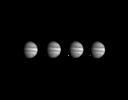
|
|||||

|
1997-09-08 | Io |
Galileo |
Solid-State Imaging |
2600x1150x3 |
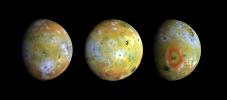
|
|||||

|
1997-09-23 | Jupiter |
Galileo |
Solid-State Imaging |
712x715x3 |
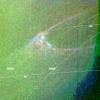
|
|||||

|
1998-03-26 | Io |
Galileo |
Solid-State Imaging |
1000x800x3 |
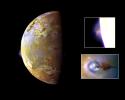
|
|||||

|
1997-09-07 | Io |
Galileo |
Solid-State Imaging |
2010x1640x3 |
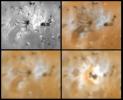
|
|||||

|
1997-09-23 | Jupiter |
Galileo |
Photopolarimeter Subsystem |
807x700x3 |
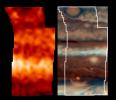
|
|||||

|
1997-09-24 | Jupiter |
Galileo |
Photopolarimeter Subsystem |
585x376x3 |
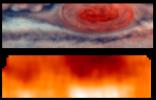
|
|||||

|
1997-11-17 | Io |
Galileo |
Solid-State Imaging |
1401x1938x3 |

|
|||||

|
1998-09-15 | J Rings |
Galileo |
Solid-State Imaging |
2560x1920x3 |
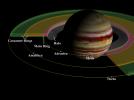
|
|||||

|
1998-09-15 | J Rings |
Galileo |
Solid-State Imaging |
1800x2700x3 |

|
|||||

|
2000-05-18 | Io |
Galileo |
Photopolarimeter-Radiometer |
710x746x3 |

|
|||||

|
2000-05-18 | Io |
Galileo |
Photopolarimeter-Radiometer |
1225x827x3 |

|
|||||

|
2000-05-18 | Io |
Galileo |
Near Infrared Mapping Spectrometer |
661x556x3 |
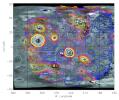
|
|||||

|
2000-05-18 | Io |
Galileo |
Near Infrared Mapping Spectrometer |
1060x767x3 |
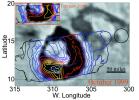
|
|||||

|
2011-03-31 | Jupiter |
Galileo |
2610x4104x3 | |

|
|||||

|
2017-04-13 | Europa |
Galileo |
2380x1438x3 | |
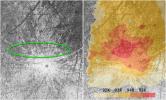
|
|||||

|
1998-10-14 | Jupiter |
Galileo Hubble Space Telescope |
850x950x3 | |

|
|||||

|
2017-04-13 | Europa |
Galileo Hubble Space Telescope |
1235x618x3 | |
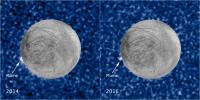
|
|||||

|
2002-10-08 | Jupiter |
Galileo Hubble Space Telescope IRTF |
WFPC2 |
650x300x3 |
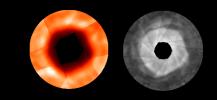
|
|||||

|
2013-12-12 | Europa |
Galileo Hubble Space Telescope Voyager |
1045x1045x3 | |
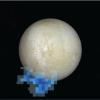
|
|||||

|
2014-02-26 | Europa |
Galileo Voyager |
2161x2161x1 | |
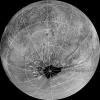
|
|||||

|
2010-05-11 |
Herschel Space Observatory |
PACS SPIRE |
1315x1315x3 | |
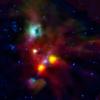
|
|||||

|
2012-05-09 |
Herschel Space Observatory |
4500x3600x3 | ||
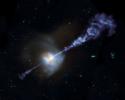
|
|||||

|
2013-04-23 | Jupiter |
Herschel Space Observatory |
PACS |
1765x1716x3 |
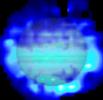
|
|||||

|
2013-05-22 |
Herschel Space Observatory |
2400x1500x3 | ||
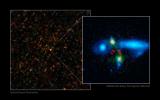
|
|||||

|
2013-12-12 |
Herschel Space Observatory Hubble Space Telescope |
PACS WFPC2 |
3864x3864x3 | |
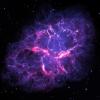
|
|||||

|
2014-04-29 |
Herschel Space Observatory Hubble Space Telescope |
HIFI WFC3 |
1000x712x3 | |
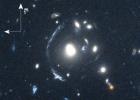
|
|||||

|
1998-03-28 | Pluto |
Hubble Space Telescope |
Faint Object Camera |
2573x1945x1 |
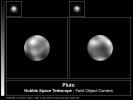
|
|||||

|
1998-03-28 | Pluto |
Hubble Space Telescope |
Faint Object Camera |
2813x1737x1 |
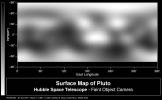
|
|||||

|
1998-03-28 | Pluto |
Hubble Space Telescope |
Faint Object Camera |
950x494x3 |
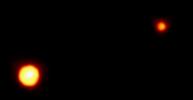
|
|||||

|
1998-05-05 | Mars |
Hubble Space Telescope |
WFPC2 |
400x200x3 |
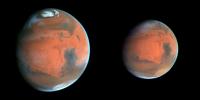
|
|||||

|
1998-05-02 | Mars |
Hubble Space Telescope |
WFPC2 |
2400x3000x3 |

|
|||||

|
1998-05-02 | Mars |
Hubble Space Telescope |
WFPC2 |
2400x3000x3 |

|
|||||
 |
 |
 |
 |

|
|
| 1-100 | 101-200 | 201-300 | 301-400 |
| Currently displaying images: 1 - 100 of 393 |